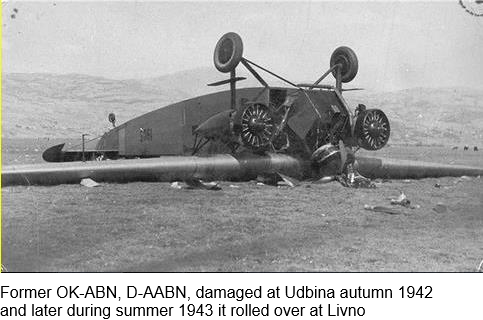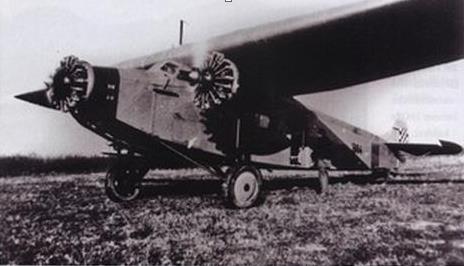The F.VII was designed as a single-engined transport aircraft by Walter Rethel. Five planes of this model were built for the Dutch airline KLM. One of these planes, registered H-NACC, was used in 1924 for the first flight from the Netherlands to the Dutch East Indies. In 1925, while living in the US, Anthony Fokker heard of the inaugural Ford Reliability Tour, which was proposed as a competition for transport aircraft. Fokker had the company's head designer, Reinhold Platz, convert a single-engined F.VII A airliner (a 1924 Walter Rethel design) to a trimotor configuration powered by 200 hp Wright Whirlwind radial engines. The resulting aircraft was designated the Fokker F.VII A/3M. Following shipment to the US, it won the Ford Reliability Tour in late 1925. The Trimotor's structure comprised a fabric-covered steel tubing fuselage, and a plywood-skinned wooden wing.
The Fokker F.VII B/3M had a slightly increased wing area over the A/3M, with power increased to 220 hp per engine, while the F.10 was slightly enlarged, carrying 12 passengers in an enclosed cabin. The aircraft became popularly known as the Fokker Trimotor.
The 8- to 12-passenger Fokker was the aircraft of choice for many early airlines, both in Europe and the Americas. Along with the similar Ford Trimotor, itself having an all-metal design based on the World War I aircraft designs of German engineer Hugo Junkers, it dominated the American market in the late 1920s. However, the popularity of the Fokker quickly came to an end after the 1931 death of Notre Dame football coach Knute Rockne in the crash of TWA Flight 599, a Fokker F.10. The subsequent investigation, which revealed problems with the Fokker's plywood-laminate construction, resulted in the temporary banning of the aircraft from commercial flights, more stringent requirements for its maintenance, and the rise of all-metal aircraft such as the Boeing 247 and Douglas DC-2.
SABCA, 29 aircraft built.
Avia, 18 aircraft built
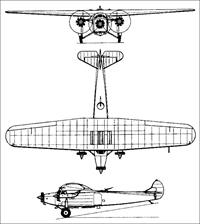
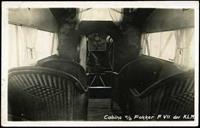
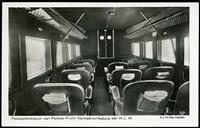
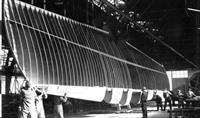
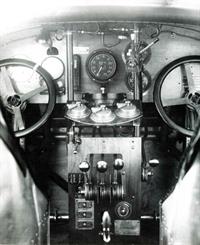
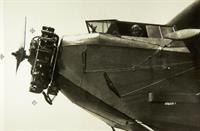
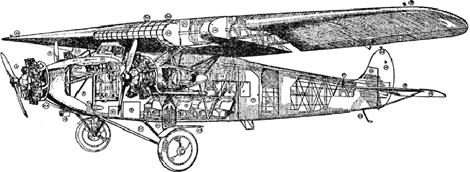
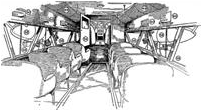

D
Belgium
SABENA operated 28 aircraft.
Denmark
Det Danske Luftfartselskab operated three F.VIIa aircraft.
France
CIDNA operated seven F.VIIa aircraft. STAR operated one F.VIIa aircraft
Hungary
Malert operated two F.VIIa aircraft.
Netherlands
KLM received all five F.VII aircraft and 15 F.VIIas.
Poland
Aero operated six F.VIIa aircraft for a short period in 1928. Since 1 January 1929, all aircraft were handed over to PLL LOT airline. Polskie Linie Lotnicze
LOT operated six F.VIIas and 13 F.VIIb/3ms between 1929 and 1939.
Portugal
Aero Portuguesa operated one F.VIIb-3m aircraft.
Switzerland
Ad Astra Aero at least one F.VIIb-3m Swissair operated one F.VIIa and eight F.VIIb-3m aircraft.
United States
American Airways, which later became American Airlines. TWA Pan Am operated F.VIIb/3ms aircraft.
Civilian operators
| Type |
2 + 8 seat airliner |
| Engine |
3 Wright J-5 Whirlwind |
| Dimensions |
Length 14,60 m, height 3,90 m, span 21,70 m, |
| Weights |
Empty 3050 kg, loaded 5200 kg |
| Performance |
Max. speed , cruising speed 170 km/h |
